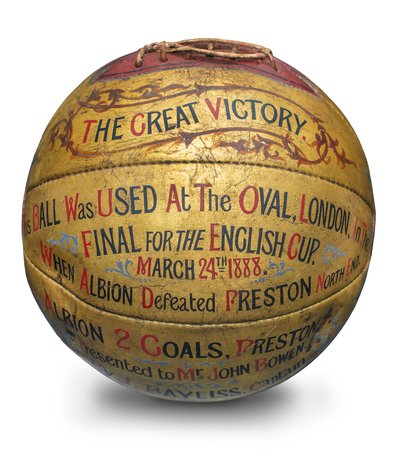Today, Olympic mascots are an inseparable part of the Games celebrations and communication strategy, yet this tradition is relatively recent. While the first modern Olympic Games were held in Athens in 1896, the first official mascot did not appear until the 1972 Summer Games in Munich. The word “mascot” itself only entered the English language from French at the end of the 19th century, originally referring to a lucky charm before evolving into a symbolic emblem for teams, cities, and institutions.
In the early 20th century, sports mascots often took the form of live animals, reflecting the teams or events they represented. Meanwhile, advances in toy manufacturing and new approaches to children’s education ushered in an era where play was central to childhood. The post-war economic boom and mass production of toys such as the much-loved teddy bear made soft toys widely accessible.




